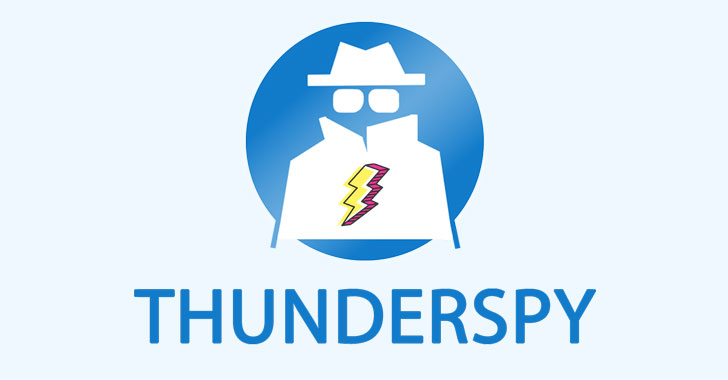Academic researchers have been significantly contributing to the field of wireless communications for past many years. A large number of dissertations and thesis reports have been published incorporating results of laboratory experiments and simulations that have proved to be very useful in determining the actual performance of the technologies amidst all the marketing claims made by the OEMs and Service Providers. In addition, we should not undermine the fact that the academic world has been elementary in development of new technologies that have shaped the future of wireless communications. I want to specifically mention about the development of Wireless Sensor Networking under various projects sponsored by IEEE and ZigBee Alliance and such other organisations that have finally resulted in open global standards like ZigBee and IEEE 802.15.4 and the company sponsored proprietary standards like Texas Instruments SimpliciTI and XBee DigiMesh. These technologies employ a number of algorithms/protocols like ANT COLONY, SPIN, GOSSIP, FLOOD, etc. that have been developed by students of higher studies in wireless communications. In this blog, I hereby present some new challenges that the students should undertake to support the evolution of directions for the new technologies that are engaged in some kind of a technology war across the world. Some of the challenges requiring academic attention are:
(a) Positioning of WiMAX versus LTE in applications pertaining to fixed and mobile wireless communications – Is IEEE 802.16e-2005 as successful as IEEE 802.16d-2004 in light of competition with LTE?
(b) TTR-R2 versus LTE – are they getting into yet another technology war of the future?
(c) Who will win the race to become the valid 4G technology – LTE or WiMAX or Both?
(d) Will IP Multimedia Subsystem see the light of the day in the largest Telecom markets of the world – like India and China?
(e) How will IEEE 802.11n fair against its predecessors and WiMAX for indoor wireless applications?
(f) What is going to happen to the large number of WiFi Alliance certified IEEE 802.11n products after ratification of IEEE 802.11e for true QoS implementation (having both EDCF and HCF)?
(g) Is IP Multimedia over wireless witnessing synergies among multiple technologies – WiFi, WiMax, 3G and LTE?
(h) Will the dream of Global Location Server of SIP addresses of mobile phone users, irrespective of their country and service provider, be ever realised?
(i) How are the SIP based Wireless solutions and the IP v6 addressing space coming closer?
(j) Positioning of the 4G contenders on the user devices – laptops, PDAs, Pocket PCs, Tablets, Mobile handsets, iPod, etc.
(k) Positioning of WiMAX and LTE as backhauls – can they replace Optical Fibre Links?
(l) QoS for VoIP over Satellite links – the only solution left to connect high altitude cities to the metropolitan cities over mobile telephony.
A number of professional researches have been published to address these areas recently. Many of them claim to be unbiased. But I personally feel that the academic researchers, that are known to conduct more unbiased and valid studies, have not yet contributed adequately to these areas. I suggest that students undergoing advanced courses in wireless communications should develop new topics in these areas and conduct researches for their forthcoming dissertation and thesis research projects. If all the current challenges are brought to the table, I can visualise more than 100 topics on which the students and academic researchers can undertake research assignments. Some of these topics have already been undertaken by students but more contribution is required from the academic world. Tools like OPNET IT GURU and OMNET++ can be employed to simulate various real life networking solutions to verify the behaviour and performance of modern wireless technologies in a laboratory environment. I personally like OPNET IT GURU because of its capability of simulating real world wireless products (like Cisco Aironet series). But OMNET++ provides more flexibility by virtue of its programming interface. OPNET IT GURU academic edition is offered free of cost to students by Opnet Technologies Inc. under their university program. The academic version possesses all the features of OPNET except that it can simulate the maximum of 50 million events which is more than sufficient to simulate any network model created for academic research.
Sourabh Kishore















